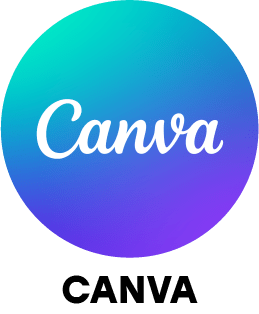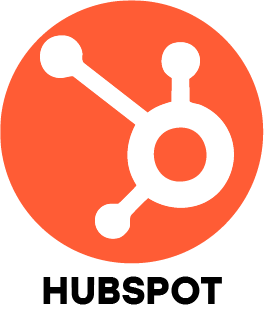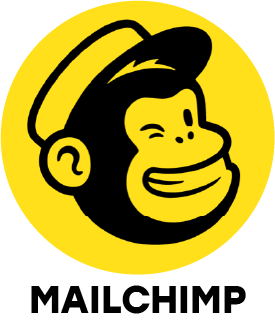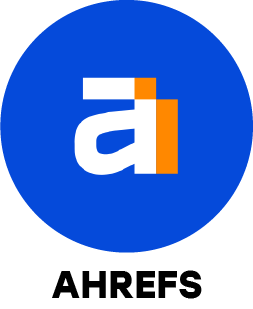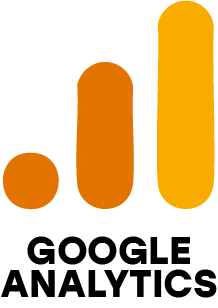1. What distinguishes traditional marketing from digital marketing?
Ans:
Digital marketing uses online channels like websites, social media, email and apps to promote products or services. Unlike traditional marketing (TV, radio, print), it is interactive, cost-effective, measurable and allows real-time targeting with performance tracking.
2. What is the difference between SEO and SEM?
Ans:
SEO (Search Engine Optimization) improves organic search visibility through optimized content, keywords and backlinks. SEM (Search Engine Marketing) relies on paid ads like Google Ads for quick results. SEO is free and long-term while SEM provides immediate, paid exposure.
3. How do you measure the effectiveness of a digital marketing campaign?
Ans:
Effectiveness is tracked using KPIs such as website traffic, CTR, conversion rate, bounce rate, CPA, ROI and user engagement. Tools like Google Analytics and campaign dashboards offer detailed insights for monitoring and optimizing campaigns.
4. Which tools are commonly used for keyword research and SEO analysis?
Ans:
Keyword research tools include SEMrush, Google Keyword Planner, Ahrefs, Moz and Ubersuggest. For SEO audits and analysis, professionals use Google Search Console, Screaming Frog and Yoast SEO to optimize website performance.
5. Can you share an example of a successful campaign?
Ans:
A lead generation campaign for a training institute combined SEO-optimized blogs, Google Ads, Facebook retargeting and automated email workflows. Within two months, leads increased by 40% and cost per lead dropped by 25%, showing clear success.
6. How does Google Ads work and which PPC metrics are important?
Ans:
Google Ads run on a pay-per-click model, where ad placement depends on bids, ad relevance and Quality Score. Key PPC metrics include CTR, CPC, conversion rate, impression share, Quality Score and ROI for evaluating campaign performance.
7. Why is Google Ads Quality Score important?
Ans:
Quality Score measures ad relevance, expected CTR and landing page quality. Higher scores reduce CPC, improve ad positioning and enhance campaign efficiency, resulting in better performance at lower costs.
8. What strategies can increase social media engagement?
Ans:
Boost engagement by posting consistently, using interactive content such as polls, reels and videos, responding promptly to comments, running targeted campaigns, collaborating with influencers and leveraging user-generated content.
9. What are the key elements of a strong email marketing strategy?
Ans:
A good strategy includes audience segmentation, personalized messages, compelling subject lines, clear CTAs, responsive design and automated workflows. A/B testing and analytics help improve open rates and conversions.
10. How can digital marketers stay updated with trends and algorithm changes?
Ans:
Stay informed by following industry blogs like Moz, HubSpot, Search Engine Journal and Google Search Central. Attend webinars, subscribe to newsletters, join marketing communities and test new tools to stay ahead in the field.

